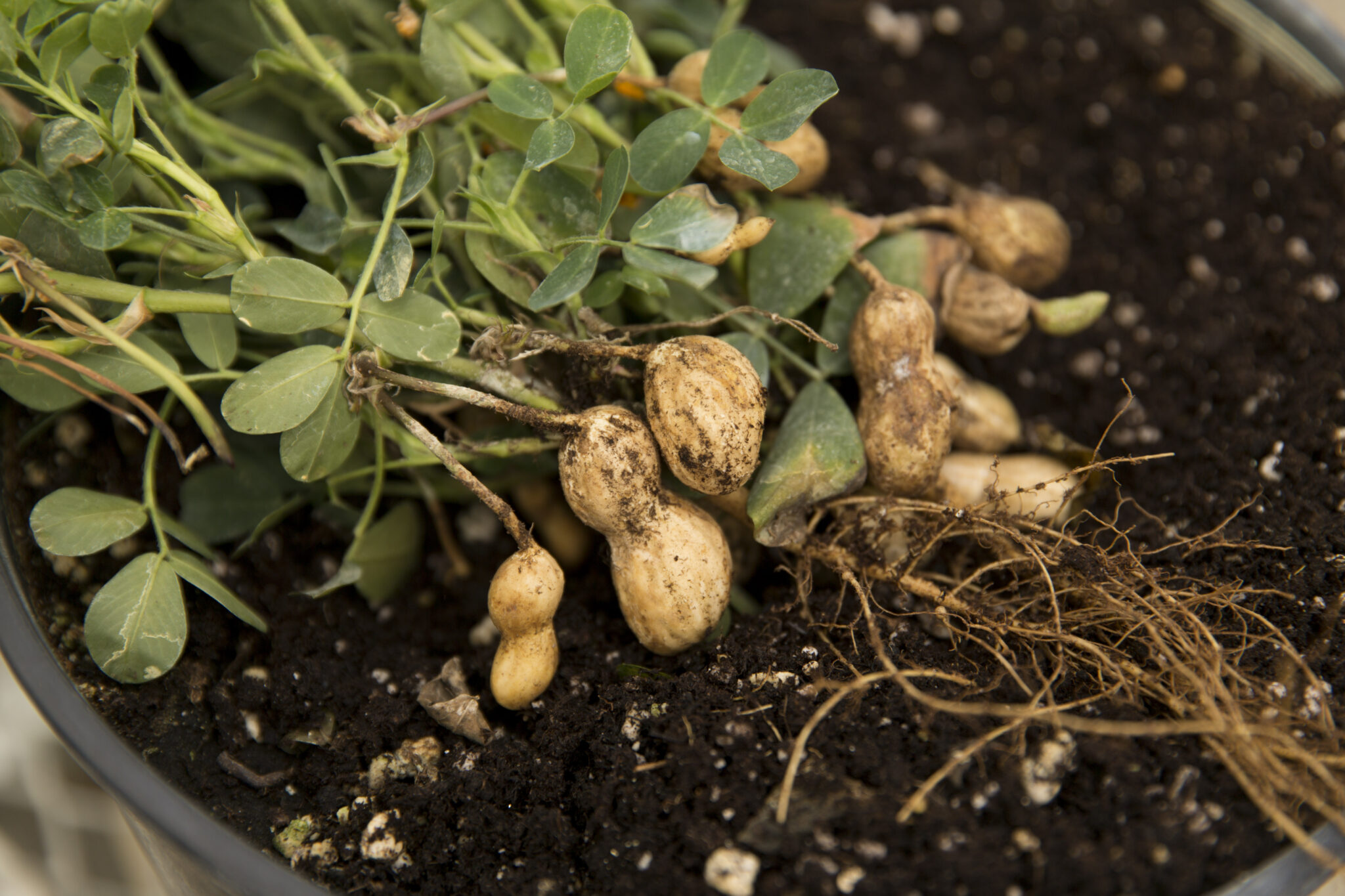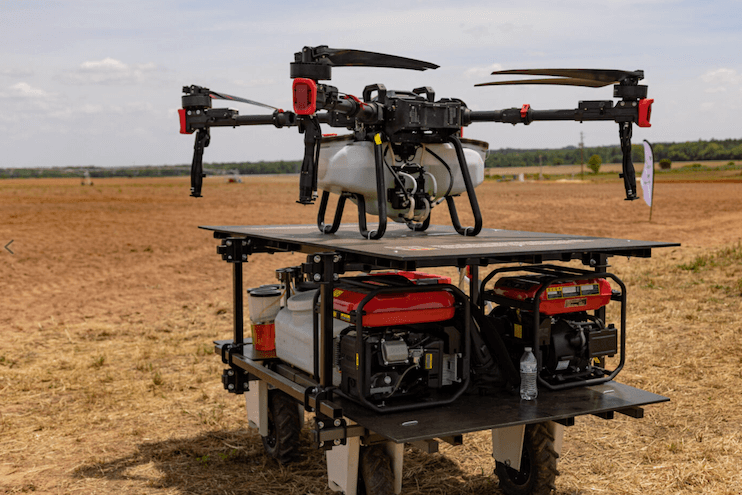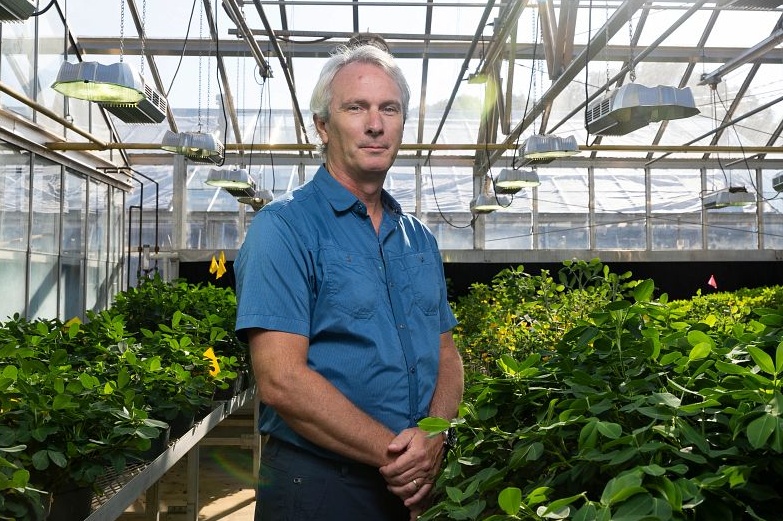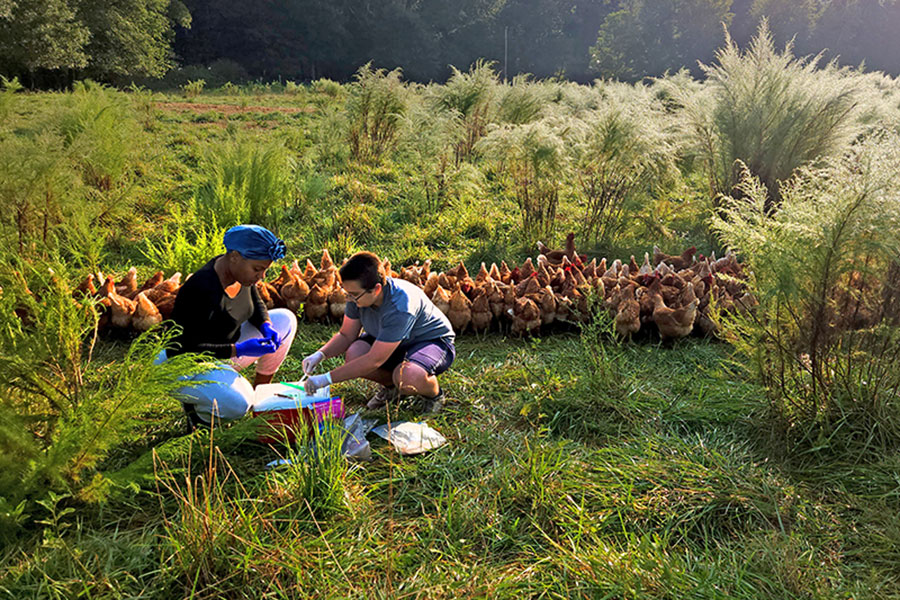Tall fescue is a popular cool-season grass species known to have a bunching growth habit.
Best adapted to Georgia’s piedmont, tall fescue is used for home lawns, general areas and soil stabilization. In general, the southern boundary for tall fescue would be Griffin, Ga., although it can be found in shaded or protected microclimates further south.
Because it can be seeded, tall fescue is popular with do-it-yourself home landscapers. It’s also popular because of its genetically dark-green color during the spring and fall. Research also shows that some turf-type cultivars have deep, extensive root systems and other genetic characteristics for improved drought tolerance.
For success in establishing a new tall fescue lawn, consider the following techniques and practices:
• Establishment - September and October are the ideal months to plant tall fescue. Grass seeded earlier can be subjected to heat stress and diseases. Grass planted later in the year is vulnerable to cold weather. Seeding in December and early spring is generally not recommended because the plant does not have adequate time to develop a deep root system needed to survive Georgia’s hot summers.
• Soil preparation - Proper soil preparation is critical for effective seed establishment. Ridding the lawn of debris, tilling, incorporating lime and fertilizer and smoothing the surface are all necessary prior to seeding.
Add amendments, like organic matter or topsoil, and till thoroughly into the existing soil. Next, level the area and collect a soil sample to obtain soil fertilizer recommendations. Then, incorporate the recommended starter fertilizer and lime 3 to 4 inches into the soil. If equipment permits, tilling deeper is always better.
• Seeding - To ensure varietal purity, plant seed that is certified and identified by a blue tag. This seed has been tested, and the law assures the information. In retail markets, most tall fescue seed is blended, meaning several tall fescue cultivars have been mixed together. Single cultivars are also available but often at a higher price.
The ideal seeding rate for tall fescue is 5 to 6 pounds per 1,000 square feet. To minimize skips and gaps, divide the seed into two equal portions and broadcast half in one direction and the remainder at a right angle to the first direction. This broadcast procedure is also recommended for fertilizer and granular pesticide applications.
The seed can be lightly raked into the upper fourth-inch of soil or pressed into the seedbed with a roller. Apply a straw mulch to retain moisture to improve germination and prevent erosion.
• Irrigation - After seeding, keep the upper 1 to 2 inches of soil moist, not wet. Moisture is necessary for uniform germination. This usually means daily watering of up to a fourth-inch for the first three weeks. Thankfully, the 2010 Water Stewardship Act allows for proper irrigation to achieve germination and growth.
As the seedlings develop, irrigate more deeply but less frequently. Under good conditions, tall fescue seed will germinate in 5 to 10 days and be ready for its first mowing in two to three weeks.
• Mowing - Begin mowing at a height of 2 inches. As the seedlings mature, raise the cutting height to the 2.5- to 3-inch range. Once mature, the lawn can be maintained between 2 to 2.5 inches, but a height of 3 inches is suggested during the summer months.
Use a mower with a sharp blade and mow often enough so no more than a third of the leaf height is removed in a single mowing. Do not mow grass when it is wet, especially when mowing young seedlings.
• Timing - Successful tall fescue seeding depends on proper soil preparation, good soil-to-seed contact and proper water management. September is the ideal month to establish tall fescue.
For more information on planting and maintaining turfgrass in Georgia, go to the website www.Georgiaturf.com.






